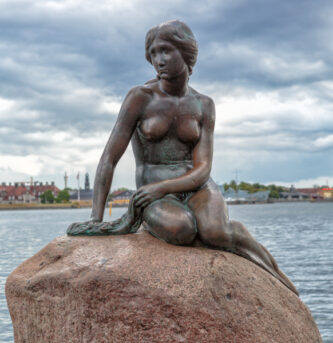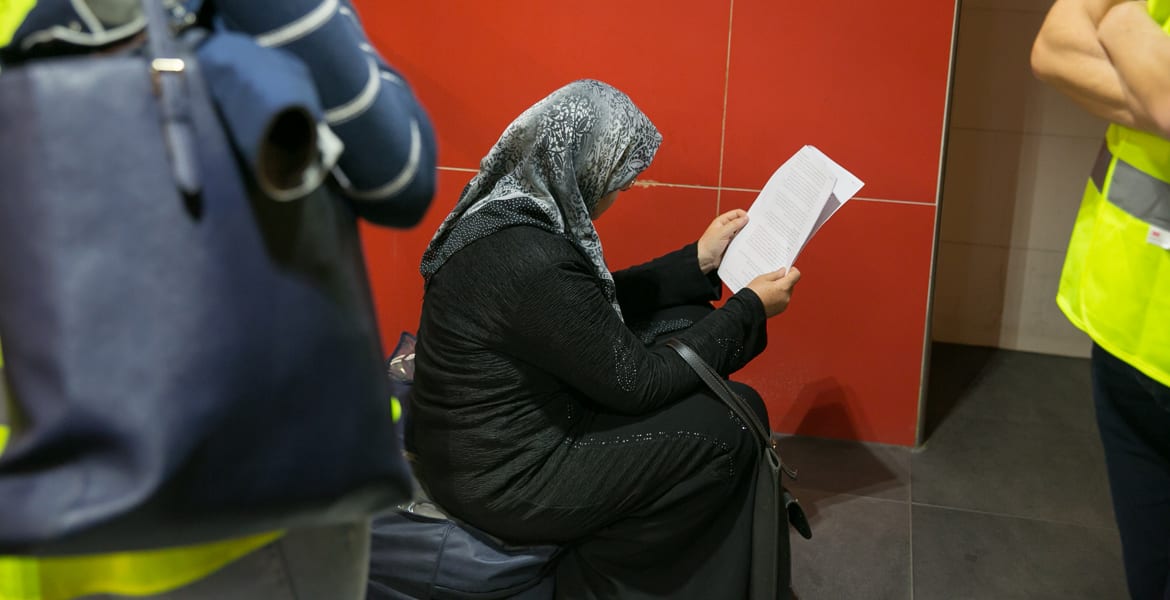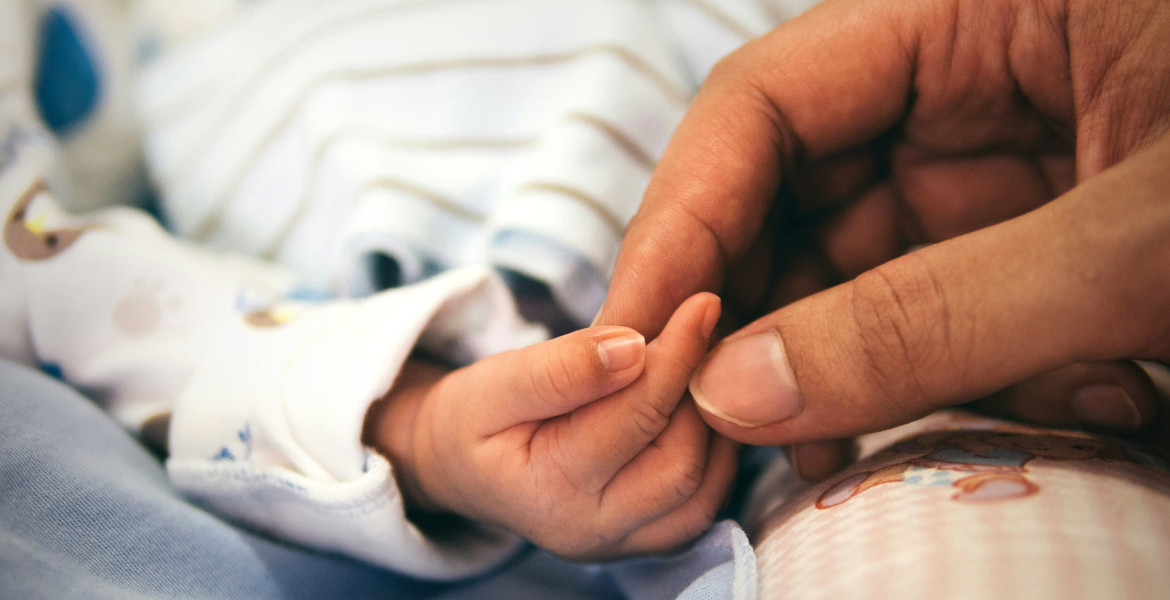The debate about how the female body should be portrayed in public art has flared up again in Denmark. The background is authorities' decision to remove the sculpture Den store havfrue – the large mermaid – from its place in public space after accusations that the statue is pornographic or promotes harmful beauty ideals.
The attention-grabbing sculpture was erected in 2006 at Langelinie Pier in Copenhagen, Denmark, not far from the much more famous statue The Little Mermaid, inspired by H.C. Andersen's fairy tale.
But Den store havfrue, which measures 4 by 6 meters and weighs 14 tons, was met with early criticism – not least from feminist quarters. In the complaints, the mermaid is described as, among other things, "fake and vulgar", and it was moved in 2018 to Dragør fortress.
In March this year, the Danish Agency for Palaces and Cultural Properties decided that the statue may no longer stand in public space. The authority believes that the artwork is not compatible with the cultural heritage that The Little Mermaid from 1910 represents.
Art critic Mathias Kryger, working at Danish newspaper Politiken, has described the statue as "ugly and pornographic". Priest and journalist Sorine Gotfredsen has in turn argued that the sculpture is directly harmful to women's mental health.
"Erecting a statue of a man's hot dream of how a woman should look hardly promotes women's acceptance of their own bodies", she wrote in a text in Danish newspaper Berlingske.

Artist defends his work
Others, however, oppose the decision to remove the statue, and Berlingske's debate editor Aminata Corr Thrane wonders if "naked women's breasts must have a specific academic form and size to be allowed to be shown publicly".
Corr Thrane notes that Den store havfrue is actually "possibly a little less naked" than its famous counterpart, but adds that she "on the other hand has larger breasts, and that's probably where the problem lies".
The sculpture's creator, artist Peter Bech, is puzzled by the criticism. He defends the work and says that the mermaid's breasts are "proportional to its scale". Bech created the statue as a response to recurring comments from tourists that the classic mermaid was too small.
Now he hopes to find a solution for the sculpture to remain in Copenhagen – albeit in a new location.




